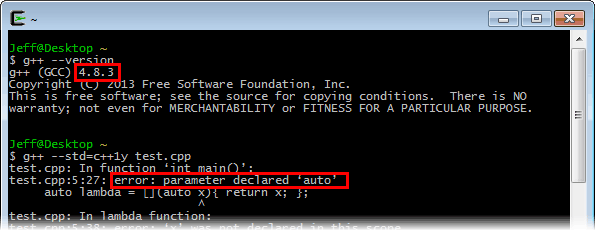
- #Syntra small run compiler software#
- #Syntra small run compiler code#
- #Syntra small run compiler series#
Lexical analyzer divides the program into “tokens”, the Syntax analyzer recognizes “sentences” in the program using the syntax of the language and the Semantic analyzer checks the static semantics of each construct.
#Syntra small run compiler code#
Each of them takes input from the output of the previous level and works in a coordinated way.Īnalysis Phase: An intermediate representation is created from the given source code : There are two major phases of compilation, which in turn have many parts. Then loader loads it in memory and executes it. Linker loads a variety of object files into a single file to make it executable.

Without compilation, no program written in a high-level language can be executed. Moreover, the compiler traces the errors in the source program and generates the error report. The program written in a high-level language is known as a source program, and the program converted into low-level language is known as an object (or target) program. The compiler is a type of translator, which takes a program written in a high-level programming language as input and translates it into an equivalent program in low-level languages such as machine language or assembly language. This is where language procedure systems come in handy.Ī translator or language processor is a program that translates an input program written in a programming language into an equivalent program in another language.
#Syntra small run compiler series#
Now, these programs go through a series of transformations so that they can readily be used by machines. The hardware knows a language, that is hard for us to grasp, consequently, we tend to write programs in a high-level language, that is much less complicated for us to comprehend and maintain in thoughts.
#Syntra small run compiler software#
Language processing systems (using Compiler): We know a computer is a logical assembly of Software and Hardware. Source-to-source Compiler or transcompiler or transpiler is a compiler that translates source code written in one programming language into the source code of another programming language.It is capable of creating code for a platform other than the one on which the compiler is running. Cross Compiler that runs on a machine ‘A’ and produces a code for another machine ‘B’.The compiler is software that converts a program written in a high-level language (Source Language) to a low-level language (Object/Target/Machine Language/0’s, 1’s).




 0 kommentar(er)
0 kommentar(er)
